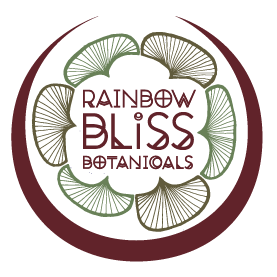A deified agent of psychoactive co-existence.
In old way shamanism, the shaman and the plant were God, or represented a pantheon of non-religious Gods. The concept of religion re-organized the socio-economic systems all over the Americas from Mexico to the Andes to Amazonia. Plants of the Gods were Amerindian tools of psychoactive co-existence with the elements and their ancestors without a reference to monotheism.
The lysergic acid derivatives of ololiohqui were used ceremoniously before Jesus Christo had a hold on Mexico. This Nahuatl word, colloquially shortened to ololuc, translates to “little round thing” as a reference to the shape of precious little seeds of Ipomea violacea, or morning glory (Schultz 1979.) In Pre-Hispanic Mexico, ololiohqui was known to deprive the being who uses it of their reason in times of trouble. This separation of one with their own ego or reason, violence, or machisimo (a later coined Hispanic term), can be helpful in times of trouble or facing death. Embedded into the Nahuatl word ololiohqui, a hard-to-translate concept is carried in that there is a deity contained in the seeds of this plant. That idea supports this umbrella term of “Plants of the Gods,” but also co-exists and bridges the terms hallucinogen and entheogen, as plants like Ipomea and P. cubensis are dancing in both of those realms. Personally, when I write about drugs and substances, I use the term hallucinogen to term substances that have been isolated from their whole-plant content like LSD, LSA, or psilocybin. When I speak of or refer to the whole plant or process of shamanic application, I refer to the plant as an entheogen. As an aphrodisiac and hallucinogenic, I argue that ololiohqui is both as well as medicine due to its anti-syphilis and digestive effect. Another layer of this herb of the green snake or coatxoxouhqui, is that it was used as a communication tool and offered to one of the many Aztec gods, named Xochipilli, or the Prince of Flowers. This further refines the specificity of psychedelic use of Ipomea violacea in a certain regional environment. In contrast to peyote or mushrooms, another reference to little black seed, or Tlitliltzin in Nahuatl, was administered in the dark, to one patient, in a quiet secluded place where the delirium could unfold rather than be guided in a group or shamanic setting. Perhaps this is why morning glory is often spoken about in a more hallucinogenic context rather than entheogenic? With Zapotec, who call these seeds Badoh Negro, and Chatin people of Oaxaca, the black seeds of Ipomea violacea are used by males (macho) and the brown seeds of Turbina corymbosa (hembra) are used by females. With both of these seeds, they are ground and drank with water out of a gourd. From there, an emergence of intermediaries, often two little girls in white, appear to serve or aim for intactness with the divination of recovery from illness or dis-ease. There is a tradition of one curandera or brujo sitting with the patient in total silence while the little girls or little spirits assist in the recovery of lost health, or lost objects. Now with globalized modernity, there is syncretism with the use of these seeds with current names like “Semilla de la Virgen.” Although there are parts of the rituals that have been diluted, or transformed, or eradicated over time due to the washing through of religion, it is undeniably that the fusion of essentially pagan, or shaman-centric belief systems and Christian scripts both hold these seeds as gifts from the Gods, or to be of the Gods. The set, the setting, the shaman, the dose, the intention, the journey did not vary so dramatically with traditional use of medicines or drugs when they were administered traditionally or tribally. This is another way to discern or separate the concepts of hallucinogen and entheogen. When plants or drugs are taken as a party tool or mind-altering substance in various self-made settings with variable intentions, perhaps this crosses into a hallucinogenic use in modern time. When plants are taken as sacrament for vision quest or ancestral communication as deified agents of healing, perhaps they remain more intact in the entheogenic realm.
By Chloe Bee
